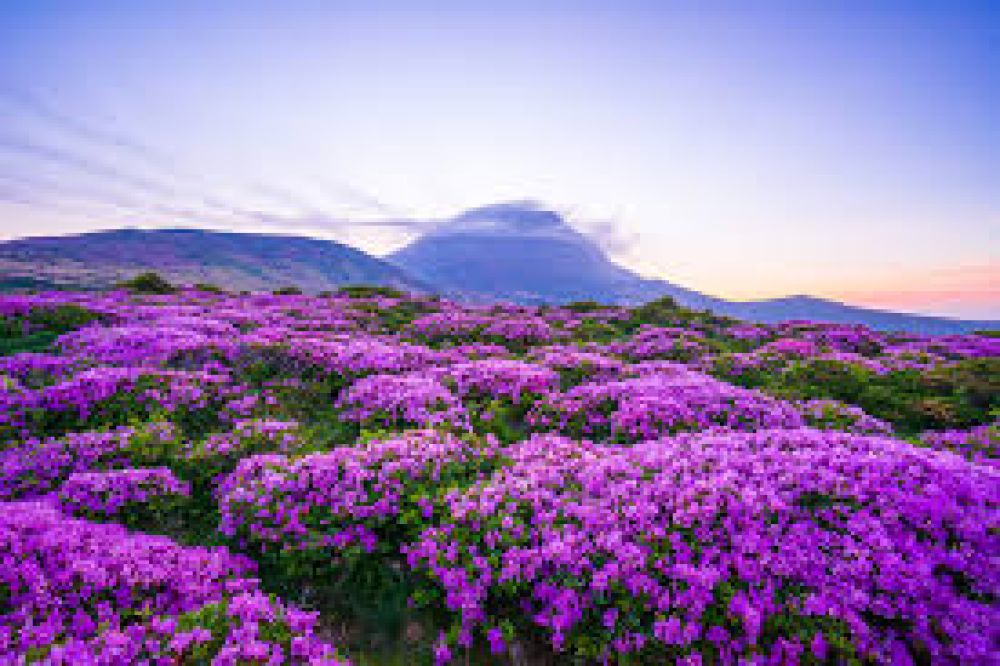Hallasan National Park is a protected area located on Jeju Island, South Korea, centered around Hallasan Mountain, the highest peak in South Korea. The park features a diverse range of ecosystems, including temperate forests, subtropical vegetation, and volcanic landscapes. It is a popular destination for hiking, nature viewing, and exploring the unique flora and fauna of the region.

